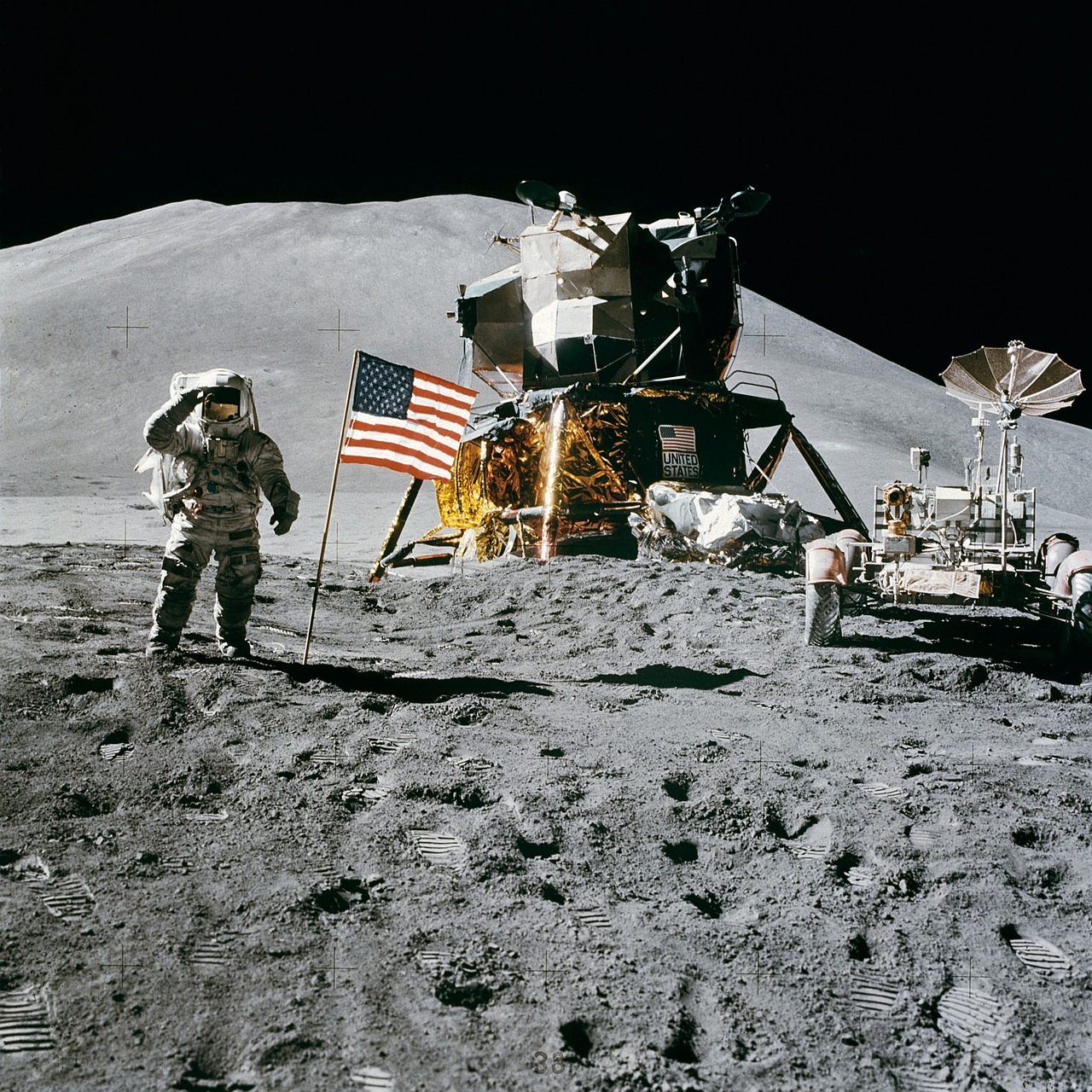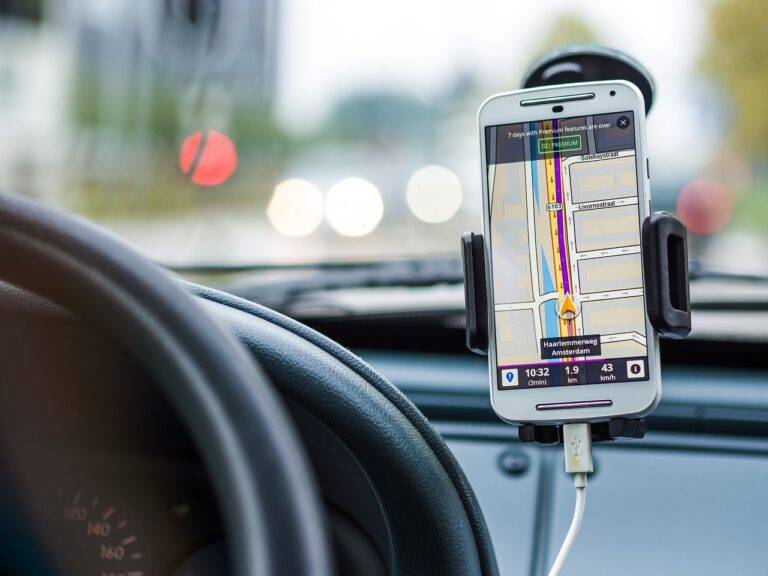AI-Driven Virtual Reality Experiences
When examining the key components of AI-driven virtual reality technology, it becomes evident that the integration of artificial intelligence plays a crucial role in enhancing user experiences. By leveraging AI algorithms, virtual reality systems are able to adapt in real-time to user interactions, creating immersive and personalized environments. This dynamic responsiveness not only improves the overall quality of virtual reality simulations but also provides users with a more engaging and customized experience.
Another fundamental component of AI-driven virtual reality technology is the utilization of machine learning algorithms to optimize system performance. Through continuous data analysis and pattern recognition, virtual reality platforms can enhance their predictive capabilities, anticipating user actions and preferences. This predictive analytics not only enhances the realism of virtual environments but also allows for a more seamless and intuitive user experience.
The Intersection of Artificial Intelligence and Virtual Reality
Artificial intelligence and virtual reality have been two rapidly advancing fields in technology. The intersection of these two areas has led to exciting innovations and possibilities. AI enhances virtual reality experiences by providing personalized interactions and intelligent responses to user input. Virtual reality, on the other hand, offers a platform for AI to interact with users in a more immersive and visually stimulating way.
The combined power of AI and virtual reality has contributed to various sectors such as healthcare, education, gaming, and simulation. In healthcare, AI-driven VR applications are being developed for medical training simulations, patient treatment, and therapy purposes. In education, virtual reality combined with AI enables interactive learning experiences tailored to individual student needs. The gaming industry has also seen a significant impact with AI algorithms enhancing virtual worlds and characters’ behaviors, making games more dynamic and engaging for players.
How does artificial intelligence enhance virtual reality technology?
Artificial intelligence enhances virtual reality technology by improving the realism of virtual environments, enabling more natural interactions, and personalizing experiences based on user behavior.
What are some examples of AI-driven virtual reality applications?
Some examples of AI-driven virtual reality applications include virtual training simulations, personalized healthcare experiences, and immersive entertainment experiences.
How does AI improve user interactions in virtual reality?
AI improves user interactions in virtual reality by analyzing user behavior in real-time and adjusting the virtual environment accordingly, creating more engaging and personalized experiences.
What role does machine learning play in AI-driven virtual reality technology?
Machine learning algorithms are used in AI-driven virtual reality technology to analyze data, predict user behavior, and optimize virtual environments for a more immersive and interactive experience.
How can businesses benefit from the intersection of AI and virtual reality?
Businesses can benefit from the intersection of AI and virtual reality by creating more engaging marketing experiences, improving employee training programs, and offering personalized customer interactions.





